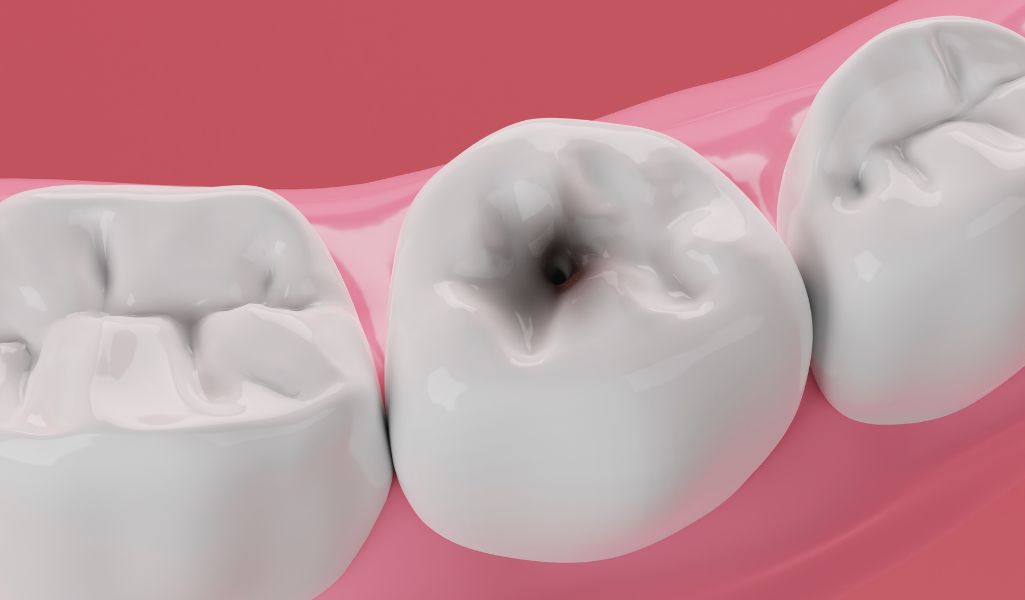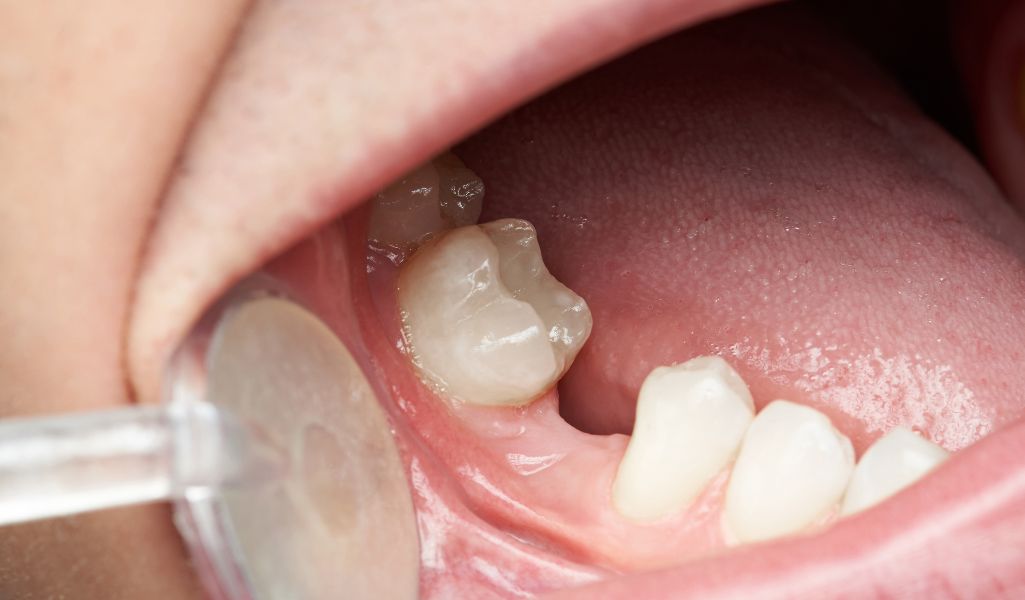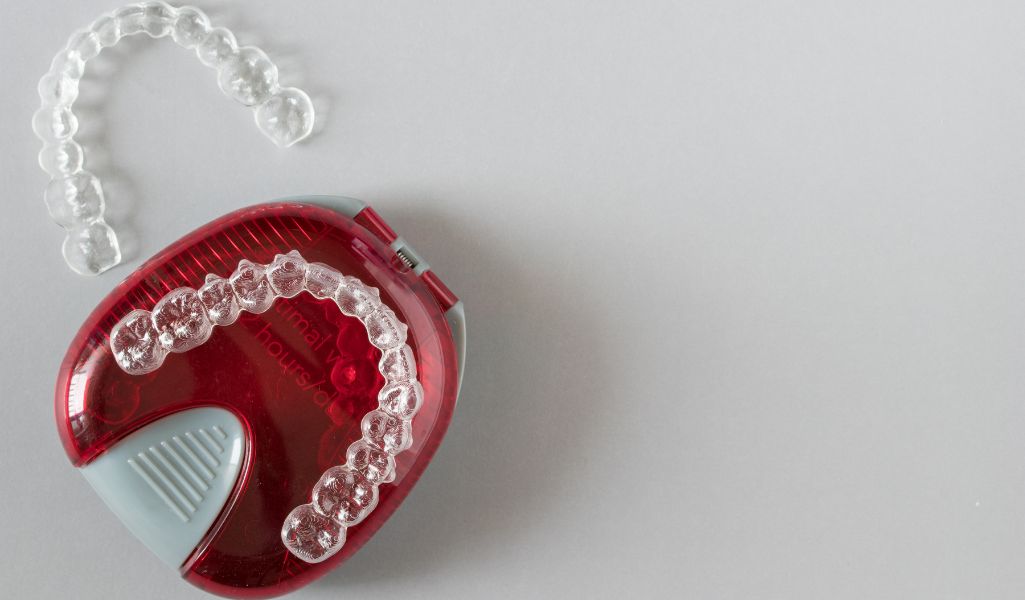A beautiful smile is a reflection of good oral health and confidence. However, damaged or missing teeth can affect your smile and overall well-being. Fortunately, dental crowns and bridges offer effective solutions for restoring damaged teeth and filling gaps, ensuring that your smile remains complete and functional. In this blog, we'll explore the world of crowns and bridges, their benefits, the process, and why they are considered essential for dental restoration.
In this blog, we’ll explore everything you need to know about crowns and bridge from what they are and how they work to their benefits and how they compare to other dental treatments.
Dental crowns, also known as caps, are custom-made restorations that cover damaged or weakened teeth. They are designed to restore the tooth's shape, size, strength, and appearance. Crowns are typically made from materials such as porcelain, ceramic, metal, or a combination of these. The choice of material depends on the location of the tooth and the patient's aesthetic preferences.
Crowns are recommended for various dental issues, including:
1.Tooth Decay: When a tooth is severely decayed and cannot be restored with a filling, a crown can protect and strengthen it.

2.Cracked or Broken Teeth: Crowns can restore the function and appearance of cracked or broken teeth.
3.Root Canal Treatment: After a root canal procedure, a crown is often placed to protect the treated tooth.
4.Cosmetic Enhancement: Crowns can improve the appearance of misshapen or discolored teeth.
5.Large Fillings: When a tooth has a large filling that compromises its structure, a crown can provide additional support.
Crowns, Bridges, and Orthodontic Treatments
1.Initial Consultation
The process of getting a dental crown begins with an initial consultation at your dental clinic near me. During this visit, your dentist will assess your oral health, discuss your symptoms, and determine if a crown is the right solution for you. X-rays may be taken to evaluate the condition of the affected tooth and plan the treatment.
Before placing a crown, the affected tooth needs to be prepared. This involves removing a small amount of enamel to create space for the crown. Your dentist will numb the area with local anesthesia to ensure your comfort during the procedure.
3.Impression
An impression of the tooth is taken to create a custom-made crown that fits perfectly.
4.Temporary Crown
While your permanent crown is being fabricated, a temporary crown is placed over the prepared tooth to protect it. This temporary crown will remain in place until the permanent crown is ready.
5.Placement of Permanent Crown
Once your custom crown is ready, you'll return to the dental clinic near me for the final placement. The temporary crown is removed, and the permanent crown is carefully fitted and adjusted for comfort and alignment. Your dentist will then cement the crown in place, completing the restoration.
1.Better Appearance
Crowns are made to match your natural teeth, helping improve the look of chipped, discolored, or misshapen teeth.
Crowns are strong and durable, lasting many years with proper care.
3.Restores Function
They help you chew and speak easily by restoring the strength of damaged teeth.
4.Protection
Crowns cover weak or damaged teeth, protecting them from further decay or damage.
A dental bridge is a fixed appliance that fills the gap left by one or more missing teeth. A bridge consists of one or more artificial teeth that are anchored in place by crowns that fit over the adjacent teeth, known as abutment teeth. A bridge is designed to restore both the function and the appearance of your smile.
Bridges are recommended for various dental issues, including:
1.Missing Teeth: Bridges are ideal for replacing one or more missing teeth, restoring your smile and preventing the surrounding teeth from shifting.

2.Improved Chewing and Speaking: Missing teeth can affect your ability to chew and speak properly. Bridges restore these functions, allowing you to eat and communicate with confidence.
3.Maintaining Facial Structure: Missing teeth can lead to changes in your facial structure and jawbone. Bridges help maintain the shape of your face and prevent bone loss.
1.Initial Consultation
The process of getting a dental bridge begins with an initial consultation at your dental clinic near me. During this visit, your dentist will assess your oral health, discuss your symptoms, and determine if a bridge is the right solution for you. X-rays may be taken to evaluate the condition of the adjacent teeth and plan the treatment.
Before placing a bridge, the adjacent teeth (abutment teeth) need to be prepared. This involves removing a small amount of enamel to create space for the dental crowns that will anchor the bridge. Your dentist will numb the area with local anesthesia to ensure your comfort during the procedure.
3.Impression
An impression is taken to create a custom-made bridge that fits securely and matches your natural teeth.
4.Temporary Bridge
While your permanent bridge is being fabricated, a temporary bridge is placed over the prepared teeth to protect them. This temporary bridge will remain in place until the permanent bridge is ready.
5.Placement of Permanent Crown
Once your custom bridge is ready, you'll return to the dental clinic near me for the final placement. The temporary bridge is removed, and the permanent bridge is carefully fitted and adjusted for comfort and alignment. Your dentist will then cement the bridge in place, completing the restoration.
1.Natural Appearance
Dental bridges are made to match the color, shape, and size of your natural teeth, giving you a smooth, natural look so you can smile with confidence.
Bridges help restore the ability to chew and speak properly. They also support nearby teeth, preventing them from shifting out of place.
3.Preventing Dental Issues
Missing teeth can cause problems like misalignment and bite issues. Dental bridges fill the gap and help keep your teeth in the correct position, preventing these problems.
4.Long-Lasting Solution
With proper care, dental bridges can last many years, offering a dependable solution for missing teeth.
Maintaining Crowns and Bridges
Taking care of your crowns and bridges is essential to ensure they last for many years. Here are some tips for maintaining these restorations:
1.Practice Good Oral Hygiene: Brush and floss regularly, paying special attention to the area around the crown or bridge to prevent plaque build

2.Avoid Hard Foods: While crowns and bridges are durable, it’s best to avoid biting into hard foods that could damage them.
3.Visit Your Dentist Regularly: Regular check-ups will ensure that your crowns and bridges are in good condition and functioning properly.
4.Use a Mouthguard: If you grind your teeth at night, wearing a mouthguard can help protect your restorations from wear and tear.
Crowns, Bridges, and Orthodontic Treatments
If you’re undergoing orthodontic treatments, such as wearing clear aligners or braces, you may still need crowns or bridges to restore damaged teeth or replace missing ones. The beauty of Invisalign and other modern orthodontic treatments is that they can be used in combination with crowns and bridges to improve both the function and appearance of your smile


